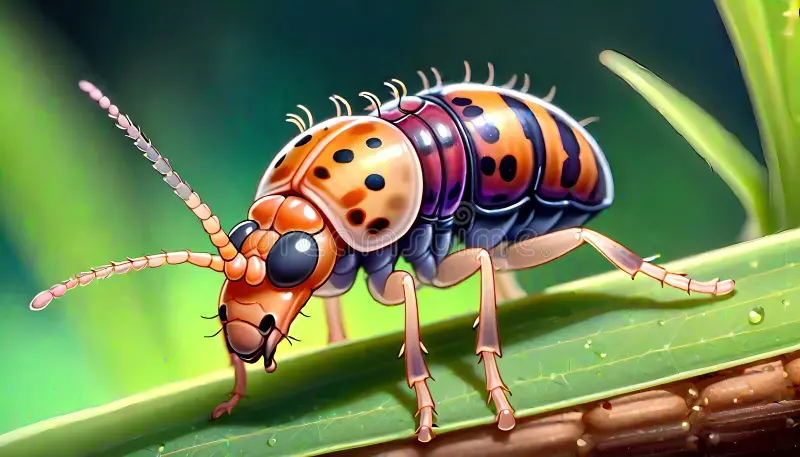The role of tree canopies in protecting soil functionality and diversity is essential for ecosystems threatened by longer lasting periods of drought, which are predicted to increase in the southern afro-tropical region.
Gorongosa National Park’s amazing tree canopy is essential to the thriving existence of Collembola according to a study co-authored by research team from the University of Coimbra, a public research university first established in Coimbra, Portugal in the year 1290.
You may know a Collembola as a springtail, a six-legged anthropoid (not an insect) and an important player with a big role in the processes of decomposing and turning organic matter—bacteria, fungi, nematodes, and protozoa—into rich soil.
But here’s the kicker: a springtail’s world is a delicate balance influenced by rainfall, soil moisture, pH levels, acidity, and calcium concentrations. All of these conditions affect the conditions a springtail needs to do its job.
Enter the threats to springtail life and productivity: Human agricultural and forestry activities. These disruptors wreak havoc on springtail populations, sending shockwaves through their finely-tuned ecosystems. Pesticides? They’re sworn enemies.
Springtails are canaries in the coal mine, signaling environmental distress louder than any alarm. They’re the soil’s guardians, the pulse of its health.
If you want proof, look no further than the soil itself. Springtail communities are the telltale signs of environmental quality.
Springtail (Collembola Hexepoda) illustration courtesy of Dreamstime

